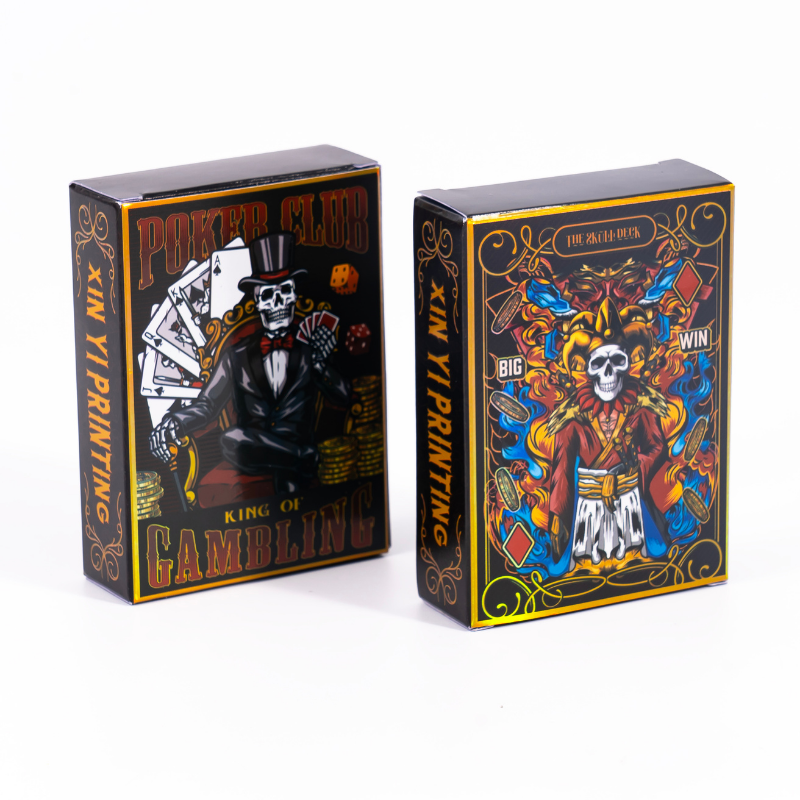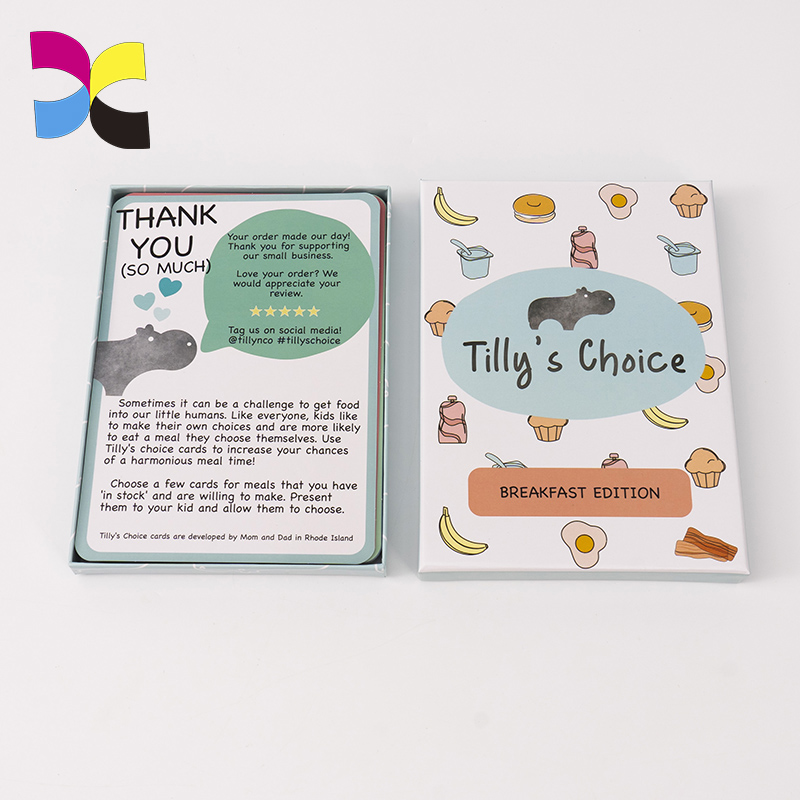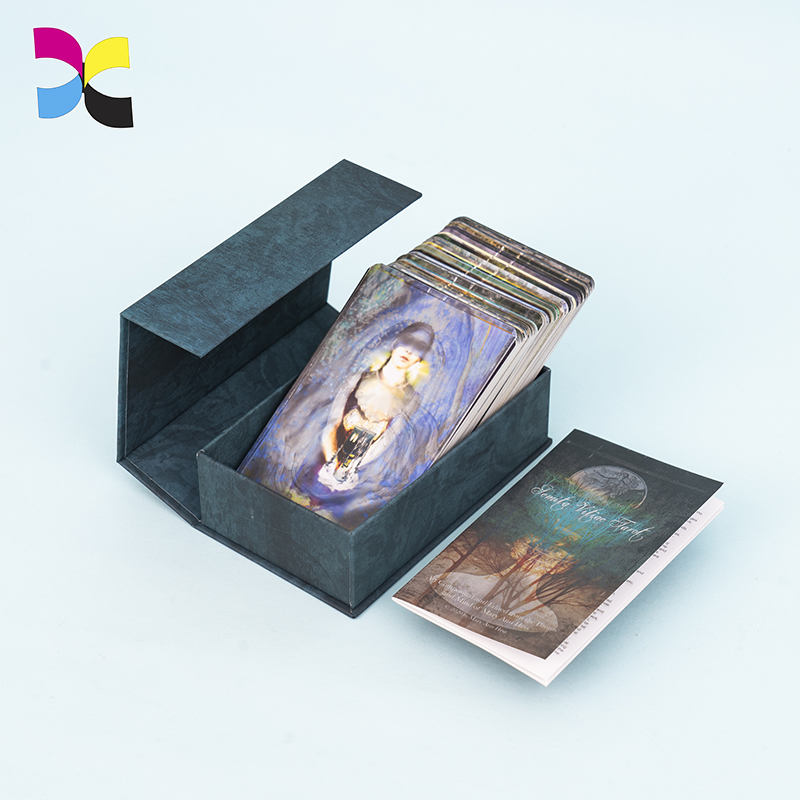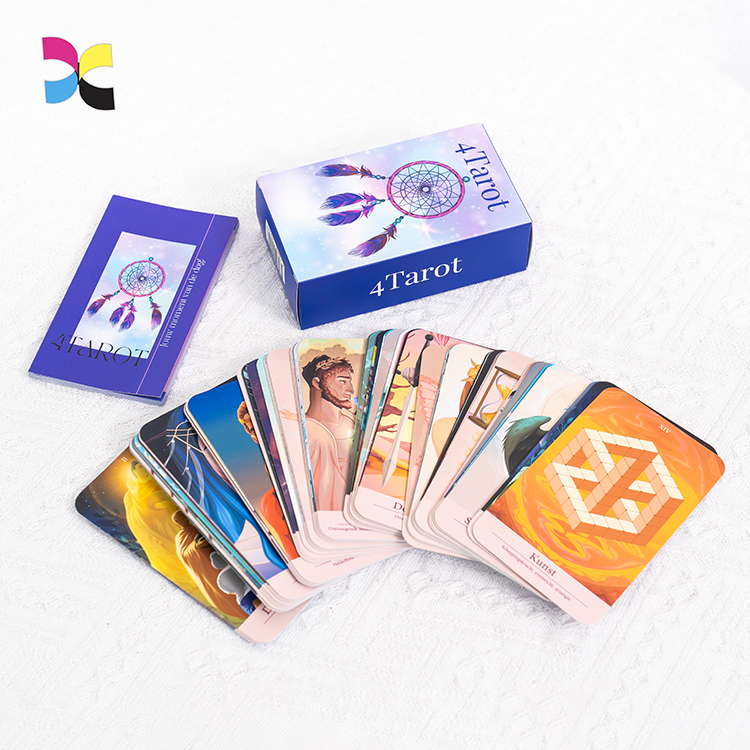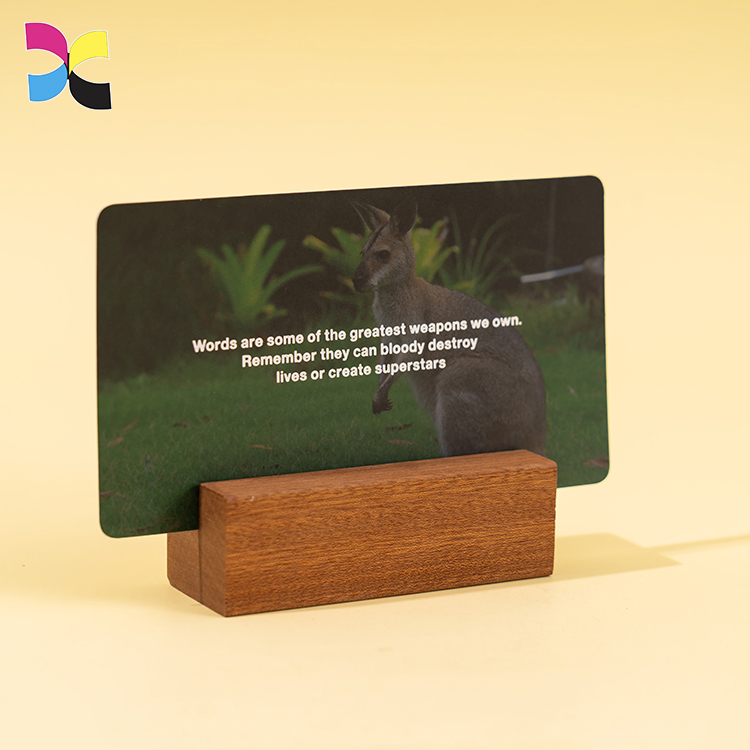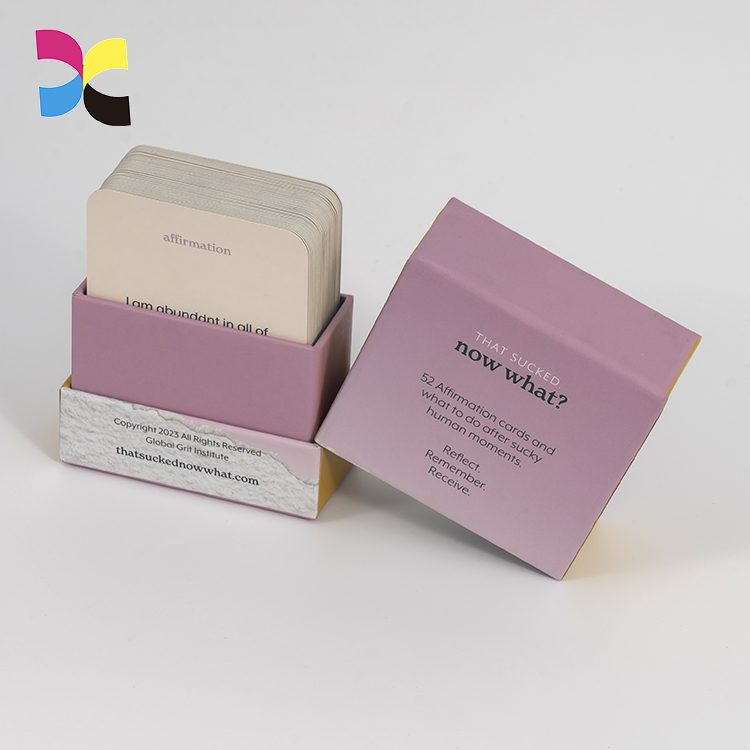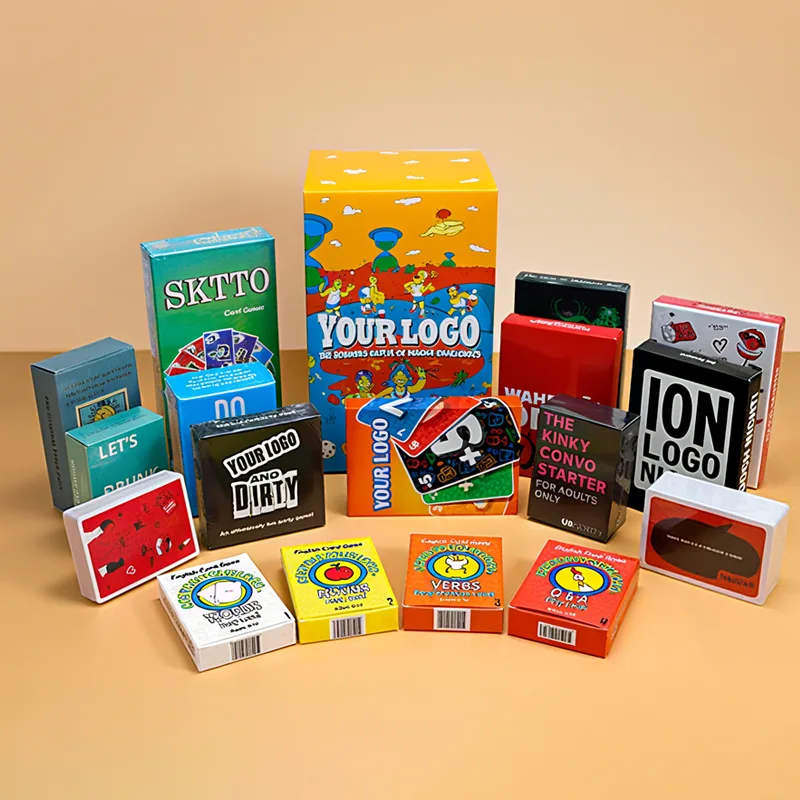Trading cards have a rich history that dates back to the late 19th century, originally appearing as collectible inserts in cigarette packs and later expanding into sports, games, and entertainment franchises. Over the decades, these small, portable pieces of art have grown into a vibrant global market. Today, trading cards are not only cherished by collectors but also actively used in trading card games (TCGs) like Pokémon, Magic: The Gathering, and Yu-Gi-Oh!, as well as for custom-designed and promotional cards.
In this guide, we will focus specifically on trading card sizes, exploring the main categories collectors and players should know:
- Standard Trading Card Size – the most common and widely compatible option;
- Mini and Japanese-Style Cards – smaller formats often used for niche or portable collections;
- Oversized Trading Card Sizes – large cards for display, promotional purposes, or collector editions;
- Custom and Novelty Trading Card Sizes – fully customizable cards for special projects or creative designs.
By the end of this section, you will have a clear understanding of each trading card size category, including their uses, advantages, and considerations for storage and customization.

Standard Trading Card Size
The standard trading card size is 2.5 x 3.5 inches (63.5 x 88.9 mm). It is the most widely recognized format, used in collectible card games like Magic: The Gathering, Pokémon, and Yu-Gi-Oh!, as well as in traditional sports cards. Standard cards are typically made from 300–330 gsm cardstock with a smooth or matte finish, providing a sturdy yet flexible feel. This size works perfectly with common sleeves, deck boxes, and binders, making it ideal for gameplay, trading, and display.
| Pros | Cons |
| Fits most sleeves and binders | Limited space for extra artwork or text |
| Easy to shuffle and handle | Standard design may feel less unique |
| Affordable for bulk printing | Less visually impactful than oversized cards |
Mini and Japanese-Style Trading Card Sizes
Mini cards generally measure 2 x 2.5 inches (50.8 x 63.5 mm). Japanese-style cards, commonly seen in anime-themed games, are slightly taller, around 2.4 x 3.5 inches (60 x 88 mm). Both types are printed on 280–310 gsm cardstock, making them lightweight and portable. Their smaller size is convenient for collectors with limited storage or players who need travel-friendly decks, but the reduced surface area can make artwork and text harder to read.
| Pros | Cons |
| Easy to carry and store | Smaller art and text may be hard to read |
| Unique or niche appeal | Fewer compatible sleeves available |
| Lightweight for travel | Can feel less substantial in hand |
Oversized Trading Card Sizes
Oversized cards, sometimes called jumbo cards, usually measure 4 x 6 inches (101.6 x 152.4 mm) or larger. They are printed on 350–400 gsm cardstock, often with lamination or glossy finishes to prevent bending and improve durability. These cards are primarily used for promotional displays, collector editions, or store demos rather than regular gameplay. Oversized cards draw attention due to their large artwork but require careful handling and dedicated display solutions like acrylic frames, wall mounts, or toploaders.
| Pros | Cons |
| Eye-catching and visually impressive | Not suitable for gameplay |
| Large surface for detailed art | Heavy and harder to store |
| Durable with thick cardstock | Requires specialized storage |
Custom and Novelty Trading Card Sizes
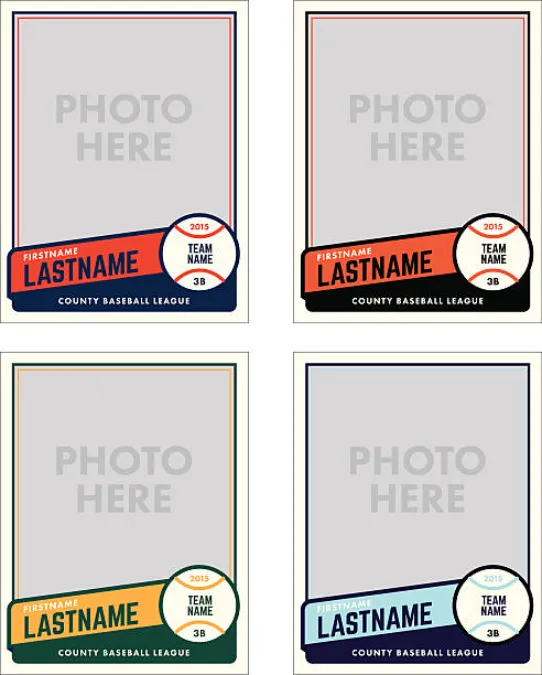
Beyond standard, mini, and oversized cards, many creators choose custom sizes to make their collections unique or suit specialized applications. Common custom dimensions include:
- Square cards – typically 3 x 3 inches, often used for educational decks, flashcards, or art-focused collections.
- Panoramic or landscape cards – sizes like 3 x 5 inches or 3 x 6 inches, ideal for multi-stat game cards, panoramic artwork, or visually immersive designs.
- Tall and narrow cards – such as 2 x 4 inches, frequently used for character profiles or event-specific cards.
- Mini square cards – around 2.25 x 2.25 inches, perfect for compact promotional giveaways or novelty decks.
When designing custom cards, there are several key factors to consider:
- Cardstock and thickness – Choose a weight that supports durability without compromising shuffle or handling. Typically, 300–350 gsm works well, while thicker options are better for oversized or specialty shapes.
- Sleeve and storage compatibility – Ensure your cards can fit in protective cases or custom boxes if needed.
- Artwork and text layout – Larger or panoramic designs allow detailed illustrations, while smaller cards require concise visuals and legible fonts.
- Gameplay and handling – Even unique shapes should maintain balance and ease of use during play, avoiding awkward shuffling or stacking issues.
How to Protect and Store Your Trading Cards
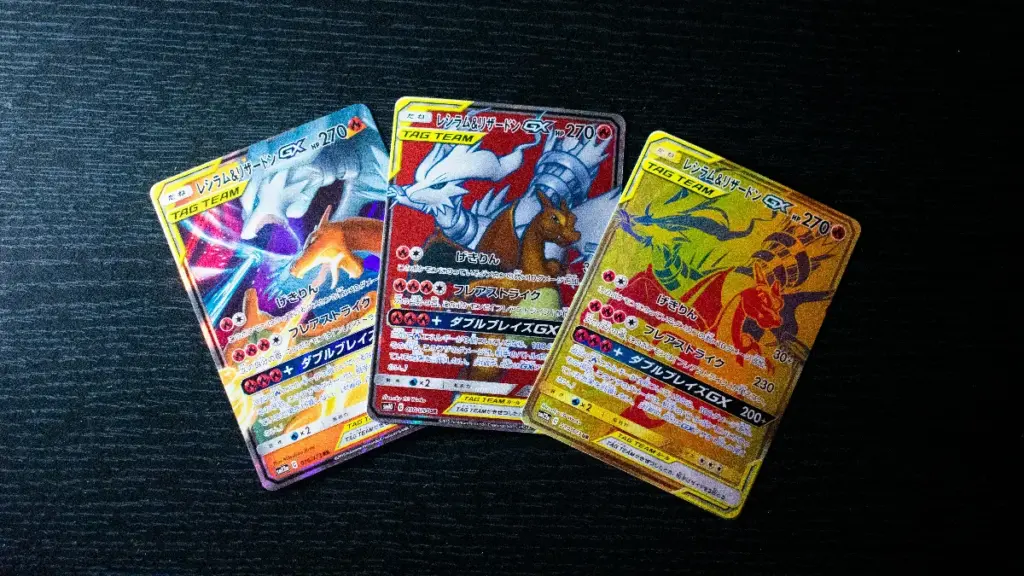
Proper protection and storage are essential to preserve your trading cards’ condition and value. Here are several effective methods:
- Penny Sleeves – Thin, transparent plastic sleeves that protect individual cards from scratches, fingerprints, and minor wear. Suitable for most standard and mini-sized cards, they are an affordable option for everyday handling and short-term storage.
- Deck Sleeves – Slightly thicker sleeves that provide extra durability and support for shuffling. Ideal for standard 2.5 x 3.5-inch cards or slightly smaller Japanese-style cards, they often feature matte or glossy finishes to enhance handling.
- Toploaders and Magnetic Cases – Rigid holders for maximum protection, perfect for valuable, oversized, or promotional cards. They prevent bending, warping, and physical damage.
- Binders and 9-Pocket Pages – Allow organized display of multiple cards. Standard, mini, and square cards can fit in appropriately sized pages. Adjustable dividers keep cards neatly separated and upright, helping to prevent bending or uneven pressure over time.
- Storage Boxes with Dividers – Cardboard or plastic boxes designed to hold multiple decks. Adjustable dividers keep cards neatly separated and upright, helping to prevent bending, warping, or uneven pressure on the collection over time.
- Handling and Environmental Care – Always handle cards with clean hands or gloves to avoid oils and dirt. Store cards in a cool, dry environment, away from direct sunlight, humidity, or heat sources, which can cause fading, warping, or deterioration.
Customize Your Trading Cards Now
If you want to create cards that match your vision, custom printing is the solution. At Xin Yi Printing, we specialize in high-quality card production with fast turnaround and flexible customization options.
Founded in 1998, Xinyi Printing has grown into a trusted custom card printing manufacturer with over 27 years of experience, a 20,000㎡ integrated factory, and more than 280 skilled staff. We specialize in high-quality custom cards, board games, and packaging, combining precision, innovation, and reliability. Our facility is equipped with Heidelberg 6-color and Komori 4-color presses, along with automated finishing and packaging systems, ensuring fast turnaround and consistent quality at scale. With decades of expertise and state-of-the-art equipment, Xinyi is the ideal partner for your custom card projects.
Get in touch with us today to request a quote and start creating your custom trading cards!
FAQs
Q1: What is the most common card size for beginners?
A: Standard 2.5 x 3.5 inches. It fits most sleeves, deck boxes, and binders.
Q2: Can I mix different card sizes in one deck?
A: Technically yes, but it’s not recommended for gameplay because it can affect shuffling and handling.
Q3: What thickness should I choose for custom cards?
A: 330–350 gsm is ideal for durability and tactile satisfaction, but oversized novelty cards may need 400 gsm or more.
Q4: How should I store oversized cards?
A: Use magnetic cases, acrylic frames, or dedicated display cabinets to prevent bending.
Q5: Are landscape cards compatible with standard sleeves?
A: Usually not. You may need custom sleeves for optimal fit and protection.

